
Potentiometers and variable resistors are both types of electronic components that are used to adjust the resistance in a circuit. Still, they have distinct differences in construction, uses, and applications.
In this post, I will look closely at the key differences between these two components and explore when to use one over the other.
Whether you’re a beginner or an experienced electronics enthusiast, this post will give you a greater understanding of potentiometers and variable resistors.
So, let’s get started!
Potentiometers vs. Variable Resistors

A potentiometer is a type of variable resistor that consists of a resistive element, a sliding contact (wiper), and three terminals.
The resistance between the two outer terminals can be adjusted by moving the wiper along the resistive element.
Potentiometers are available in various types, including rotary and linear potentiometer, and are commonly used in applications such as volume control for audio equipment, television control, and adjusting light brightness.
They are also used as an adjustable voltage divider, where output voltage between two terminals can be adjusted using the wiper.
On the other hand, a variable resistor is a type of resistor with an electric resistance value that can be adjusted. However, unlike a potentiometer, it does not have a wiper that moves along a resistive element.
Instead, the resistance is adjusted by rotating a knob or adjusting a screw. Variable resistors are commonly used in applications such as adjusting a sensor’s sensitivity or controlling the motor’s speed.
Besides this, potentiometers and variable resistors are different in the following ways:
1. Potentiometers Are Often Used In Place of Variable Resistors

In many applications, potentiometers have taken the place of variable resistors. Some examples include:
· Audio equipment:
Potentiometers are commonly used as volume controls in audio equipment such as amplifiers, speakers, and headphones.
· Automotive systems:
They are used in automotive systems to control the speed of electric motors, such as in power windows and mirrors, and to adjust the position of the accelerator pedal.
· Lighting systems:
They are used to adjust the brightness of lights in a wide range of applications, from dimmer switches for home lighting to streetlights.
· Industrial control systems:
Potentiometers are used in industrial control systems to adjust the flow of fluids, the speed of motors, and the position of valves and actuators.
· Medical equipment:
They are used in medical equipment such as ventilators, patient monitors, and dialysis machines to adjust the flow of gases and liquids.
· Robotics and automation:
They are also used in robotics and automation to control actuators’ position and provide feedback on the position of robotic arms and other mechanical components.
These are just a few examples of the many applications where potentiometers are used in place of variable resistors.
They are widely used in many other industries, such as consumer electronics, aerospace, and telecommunications, because they offer several advantages over variable resistors, including:
· High accuracy: Potentiometers have high accuracy and precision, making them well-suited for applications requiring a specific resistance value.
· Linearity: Potentiometers have a linear relationship between the position of the wiper and the resistance value, which makes them easy to use and predict the output.
· Durability: Potentiometers are designed to withstand high wear and tear levels, making them more durable than variable resistors. This feature makes them suitable for high-use applications.
· Versatility: Potentiometers can be used in various applications, from audio equipment to automotive systems, making them more versatile than variable resistors.
· Robustness: Potentiometers are relatively robust and can withstand a wide range of operating conditions, making them more reliable than variable resistors.
2. Potentiometers Can Be Adjusted To Control The Flow Of Electricity
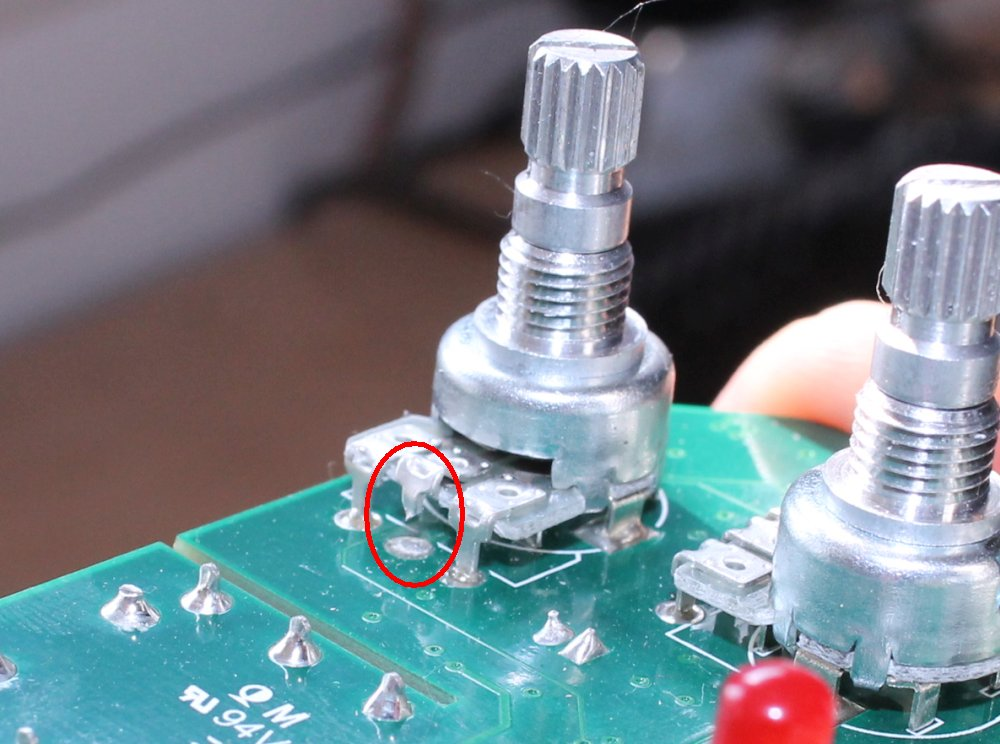
Potentiometers, a three terminal device, can be adjusted to control the flow of electricity in a circuit. This is one of the main advantages of using a potentiometer over a variable resistor.
The potentiometer’s resistance value can be altered by moving the wiper (slider) across the resistive element. This changes the amount of resistance in the circuit, which in turn controls the flow of electricity.
This feature makes potentiometers particularly useful in applications where a precise resistance value needs to be set.
For example, in an audio system, a potentiometer can adjust the volume by controlling the flow of electricity to the speakers.
Similarly, in an automotive system, a potentiometer can control an electric motor’s speed by adjusting the electricity flow to the motor.
Furthermore, potentiometers can also be used in feedback control systems, where the resistance value is adjusted based on the input from sensors.
For example, in a robotic arm, a potentiometer can provide feedback on the arm’s position and adjust the flow of electricity to the motors accordingly.
3. Variable resistors cannot be adjusted once they have been set
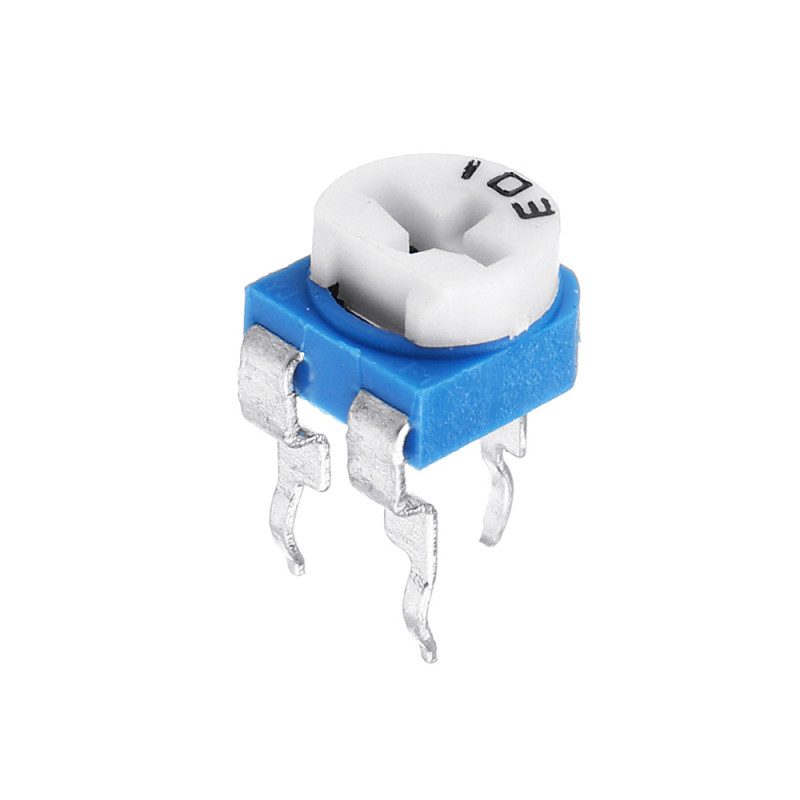
Variable resistors are electronic components that can be used to adjust the resistance in a circuit.
However, unlike potentiometers, variable resistors cannot be adjusted once set. This means that once the resistance value has been set, it cannot be changed again without replacing the component.
This can be a disadvantage in applications where the resistance value must be adjusted frequently or respond to changing conditions.
For example, if a variable resistor is used to control the speed of a motor, it would not be able to respond to changes in the load on the motor and would need to be replaced to adjust the resistance value.
Additionally, variable resistors don’t have linearity, so the resistance value can change abruptly. This means that the resistance value might not be adjustable in small increments, making it more difficult to achieve a specific resistance value.
In short, variable resistors are unsuitable for applications requiring the resistance value to be adjusted frequently or in response to changing conditions.
They are best suited for applications where the resistance value needs to be set once and remain constant.
Potentiometers, on the other hand, are more versatile and suitable for applications that require precision and control over the resistance value.
4. Potentiometers Are More Expensive Than Variable Resistors

Potentiometers are more expensive than variable resistors, which is one of the main disadvantages of using a potentiometer instead of a variable resistor.
Potentiometers are more complex in construction and have more components than variable resistors, making them more expensive to manufacture.
Additionally, because of their high precision and accuracy, they are often made with higher-quality materials, which also contributes to their higher cost.
This can be a disadvantage in applications where cost is a significant concern, and using a more expensive component may not be feasible.
In these cases, a variable resistor may be a more cost-effective option. However, it’s worth considering that, in some cases, a potentiometer’s precision, accuracy, and durability outweigh the additional cost.
It’s also worth noting that while potentiometers are generally more expensive than variable resistors, the cost can vary depending on the specific type and brand of the component.
High-quality potentiometers can be more expensive than low-quality variable resistors. Therefore, it’s essential to consider the cost of the specific components being used and compare them to the application’s requirements.
5. Variable Resistors Are Easier To Find
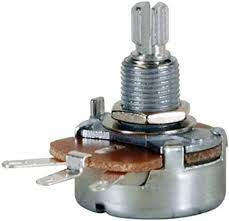
Both potentiometers and variable resistors are widely available and can be found by various manufacturers.
However, variable resistors are generally easier to find than potentiometers.
Variable resistors are widely used in many applications and are readily available from various manufacturers and distributors. They can be found in most electronics stores and online marketplaces and are easy to find at surplus or industrial supply stores.
Potentiometers, on the other hand, are more specialized components and may be harder to find in some areas. While they can be found in many electronics stores and online marketplaces, they may not be as readily available as variable resistors in some regions or for certain types of potentiometers.
It’s worth noting that the availability of both potentiometers and variable resistors can vary depending on the component’s location and specific type or brand.
Some brands or types of potentiometers and variable resistors may be more widely available than others.
6. Potentiometers have better anti-interference performance
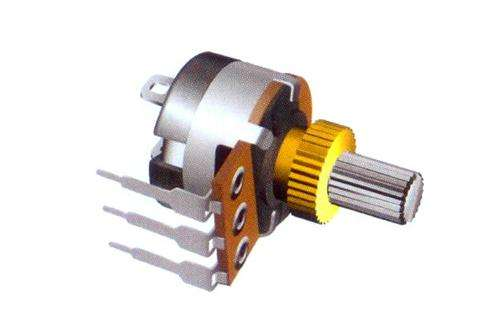
Potentiometers and variable resistors both have a role in circuit design, and they have different anti-interference performances.
Potentiometers are designed to have high precision and accuracy, so they have a better anti-interference performance than variable resistors.
Potentiometers are less sensitive to external electromagnetic interference, so they are more suitable for use in high-precision applications, such as audio equipment, industrial control systems, and medical equipment.
On the other hand, variable resistors are more susceptible to external electromagnetic interference, which can cause the resistance value to change and affect the circuit’s performance.
Variable resistors are more suitable for low-precision applications where the resistance value does not need to be highly accurate, such as controlling the speed of a motor or adjusting the sensitivity of a sensor.
It’s worth noting that the anti-interference performance of both potentiometers and variable resistors can vary depending on the specific type and brand of the component.
Some types of potentiometers and variable resistors may have better anti-interference performance than others.
7. Different Adjustment Method
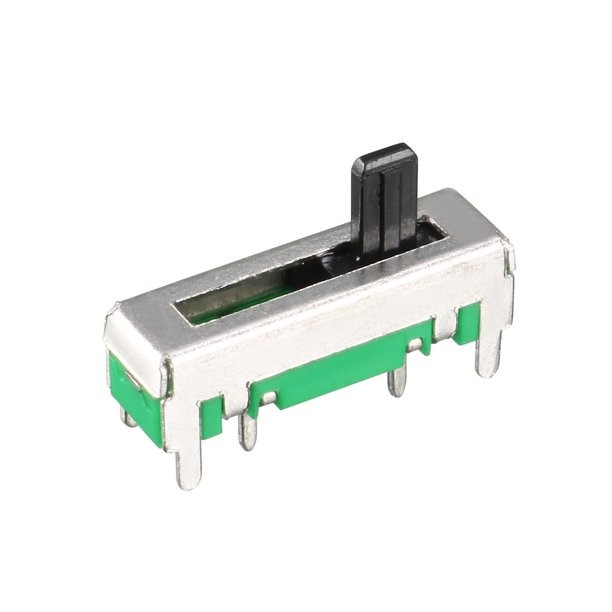
Another difference between variable resistors and potentiometers is how they are adjusted.
Variable resistors are adjusted by rotating a knob or adjusting a screw, which changes the resistance value. They can be installed in numerous ways, including through-hole mounting, surface mounting, and chassis mounting.
However, regardless of their installation, the adjusting screw or rotation knob is usually mounted on the circuit board and can’t be accessed while using, except for troubleshooting.
Potentiometers, on the other hand, are adjusted by moving a sliding contact (wiper) along a resistive element. Their wipers stand outside the casing, so they can easily be adjusted while using.
They can also be installed in various ways, including through-hole, surface, and panel mounting.
But it’s important to note that the wiper movement needs to be considered when installing potentiometers, and the installation method should ensure that the wiper can move freely along the resistive element.
8. Potentiometers usually last longer!

The service life of a potentiometer and variable resistor can vary depending on the specific type and brand of the component, as well as the operating conditions. In general, Potentiometers are known to have a longer service life than variable resistors.
Potentiometers are designed to withstand high levels of wear and tear and have a longer lifespan than variable resistors. They can withstand frequent use and have a robust design, which makes them more durable and reliable. Potentiometers are also sealed to prevent dust and other contaminants from entering the component and prolonging the service life.
On the other hand, variable resistors are designed for infrequent use, and their lifespan is shorter than potentiometers. They are more susceptible to wear and tear and can be affected by dust and other contaminants, which can shorten their lifespan.
It’s worth noting that the service life of both potentiometer and variable resistor can be affected by operating conditions, such as temperature and humidity. Therefore, it’s essential to consider the specific requirements of the application and the operating conditions when choosing between a potentiometer and a variable resistor.
Summary,

Potentiometers and variable resistors are electronic components used to adjust the resistance in a circuit, but they have different characteristics and are used in various applications.
Potentiometers have a linear relationship between the position of the wiper and the resistance value. They are commonly used in applications requiring a specific resistance value to be set, such as volume control for audio equipment and adjusting light brightness.
On the other hand, variable resistors have a resistance that can be adjusted by rotating a knob or adjusting a screw and are used in applications that require a variable resistance value, such as adjusting the sensitivity of a sensor or controlling the speed of a motor.
Potentiometers are more expensive, durable, and have a better anti-interference performance, while variable resistors are less expensive, less durable, and less precise.
In choosing between the two, it’s essential to ponder upon the particular requirements of the application and the operating conditions.
